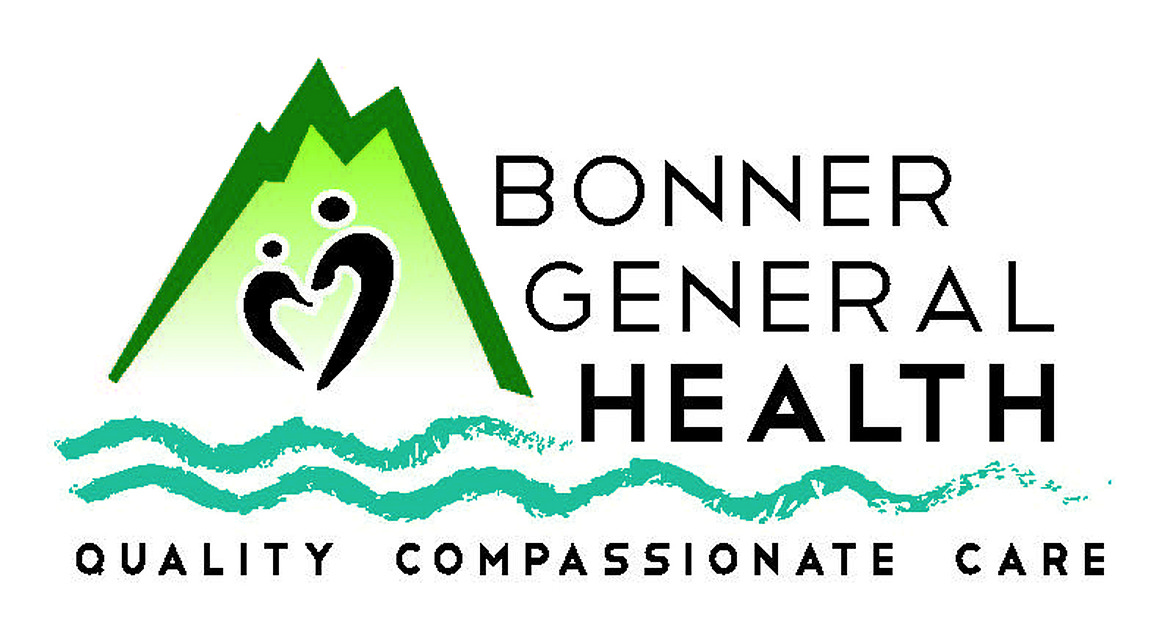Congenital heart defects affect 40,000 babies a year
When I was around seven or eight, a neighbor gave birth to a baby described as "blue." I thought that was the coolest thing in the world and couldn't wait to see him. Really? A blue baby?
Where I grew up, children of color were born every day. But a blue one was unique. So, while the 'hood rejoiced after the baby's successful surgical procedure to fix a congenital heart defect, I was childishly disappointed.
I was thinking about this kid when choosing subjects for Heart Health Awareness Month and thought it would be a good time to talk about heart defects and the strides modern medicine has made in improving the lives of the children affected.
According to The Children's Heart Foundation, nearly one of every 110 babies is born with a congenital heart defect (CHD). That adds up to around 40,000 babies a year. Compare that to one in 3,400 babies born with cystic fibrosis.
There are at least twenty-six different types of congenital heart defects varying in severity. You'll be pleased to know I'm not going to list them. What I do want to say is that although CHDs are the most common cause of infant death due to birth defects, today, 69 percent of babies born with a critical CHD are expected to survive to 18 years of age. Back when I was a child in the 1950s, only 20 percent of infants did.
Mayo Clinic says that serious congenital heart defects are often detected before or soon after birth. The signs may include the child having cyanosis when the lips, tongue, or fingernails are pale gray or blue; rapid breathing; swelling in the legs, belly, or areas around the eyes; shortness of breath during feedings leading to poor weight gain.
"Less-serious congenital heart defects may not be diagnosed until later in childhood. These symptoms may include easily becoming short of breath during exercise or activity; easily tiring or fainting during exercise or activity, and swelling in the hands, ankles, or feet," Mayo says.
If your child shows any of the above signs, contact your child's care provider right away. A professional must determine if the symptoms are due to a heart defect or another medical condition.
Mayo explains that "during the first six weeks of pregnancy, the baby's heart begins to form and starts beating. The major blood vessels that run to and from the heart also begin to develop during this critical time. It's at this point in a baby's development that congenital heart defects may begin to develop."
Although the exact cause of most CHDs can't be pinpointed, some risk factors have been identified. They include having rubella (German measles) during pregnancy. "A blood test is done before pregnancy can determine if you're immune to rubella. A vaccine is available for those who aren't immune," Mayo says.
They also say that carefully controlling diabetes can reduce the risk of CHDs. However, when elevated blood sugar develops during pregnancy (gestational diabetes), it doesn't necessarily mean the baby will have a CHD.
"Certain medications taken during pregnancy may cause all sorts of birth defects, including congenital heart defects. So give your health care provider a complete list of medications you take before trying to become pregnant," Mayo tells us. In this case, they're particularly talking about some medications taken for epilepsy, acne, and some types that are taken for anxiety.
Your baby is at a higher risk for CHDs if you drink alcohol or smoke during pregnancy, so don't. And, as for the one thing you can't control, you should know about your family history. Sometimes congenital heart defects are genetic.
Treatment depends on the specific issue and its severity. Some CHDs will have no effect on the child's health and won't be treated. Other CHDs, such as a small hole in the heart, may close on its own as the child grows. More serious conditions may be treated with medications, heart procedures or surgeries, a heart transplant, or all of the above.
The neighbor's baby had surgery, and I'll admit, after he wasn't blue anymore, I lost interest.
Kathy Hubbard is a member of the Bonner General Health Foundation Advisory Council. She can be reached at kathyleehubbard@yahoo.com.



